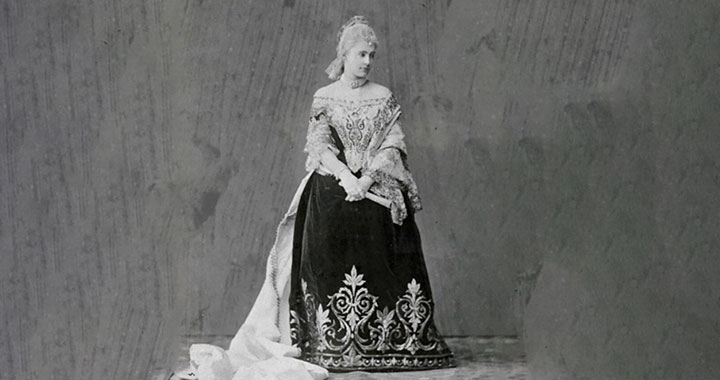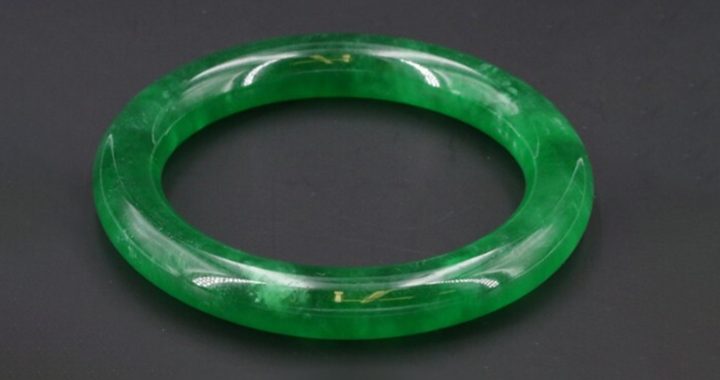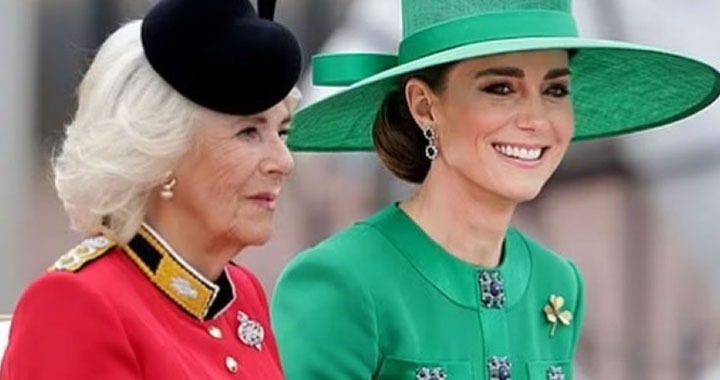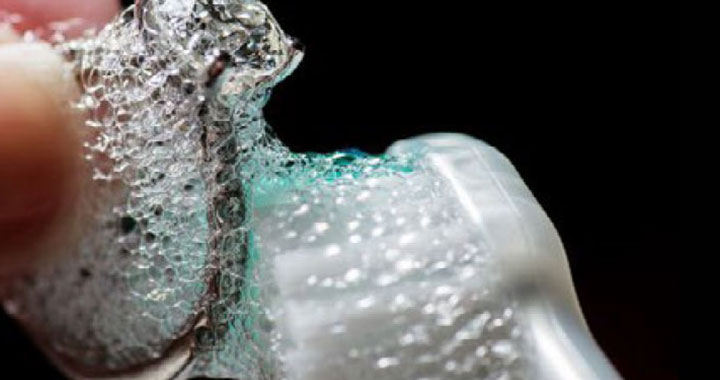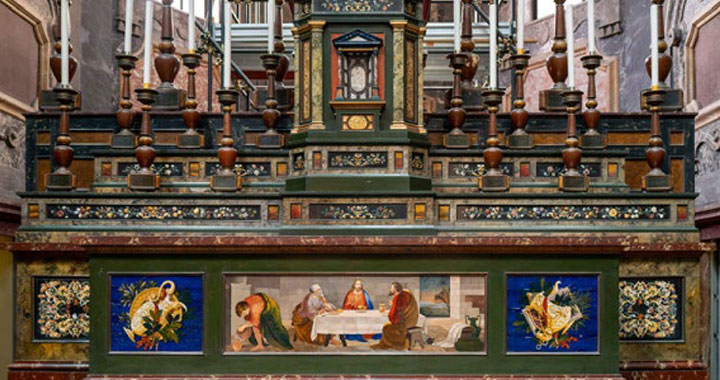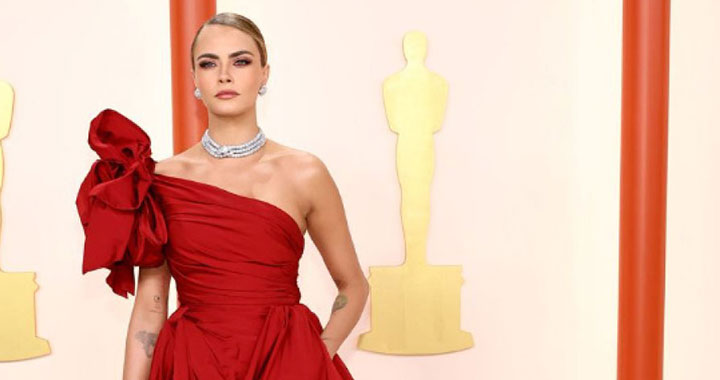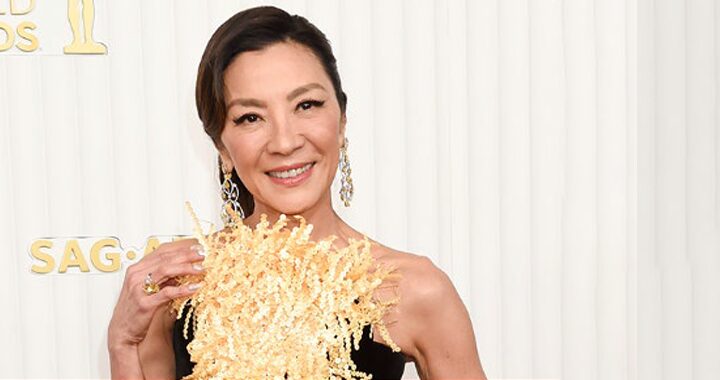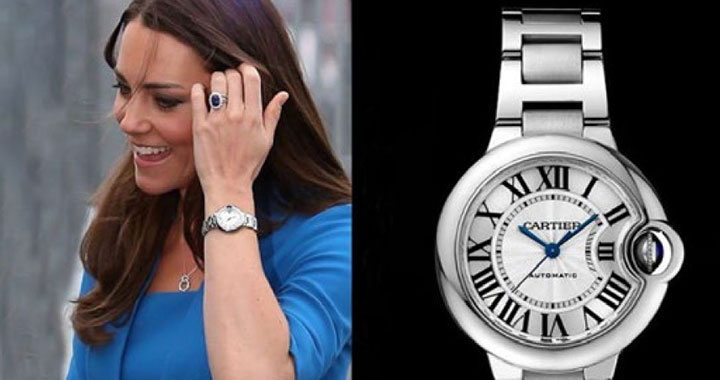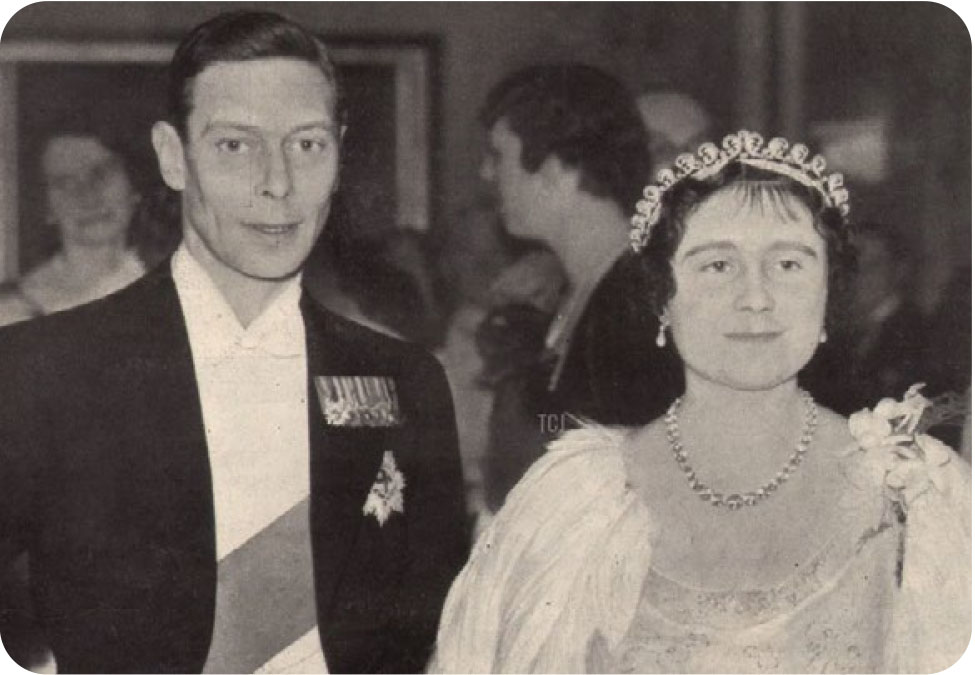Vienna 1900: An Imperial and Royal collection
On the 6th and 7th November, Sotheby’s Geneva will be auctioning some of the finest antique jewellery from the 1900s, described as Belle Epoque jewellery. This collection is unique in that it groups prestigious gems, such as emeralds, sapphires, rubies, and natural pearls, but also in that these pieces have been kept intact all this time. It is becoming increasingly rare to find pieces from over a century ago. Jewels are very often broken up and stripped of their gems and metal. It is, in my opinion, a great shame, as the craftmanship of that period was stunning and very refined.
Belle époque jewels are characterised by bows, ribbons, swags and flowers, and items mounted en tremblant. Meaning to tremble, en tremblant diamond-set flowerheads (for the most part) are attached to a thin metal wire spring which trembles with movement. This gives the illusion of life and allows light to reverberate into the diamonds, bouncing off and reflecting “fire”, all the colours of the rainbows. It is often found on tiaras, brooches or devant de corsage such as lot 1089 of the sale.

Gifted by Philipp, Duke of Württemberg (1838-1917) as a wedding gift to his bride Archduchess Marie Therese of Austria – Teschen, Duchess of Württemberg (1845 –1927 in 1865, it is composed of natural saltwater pearls and approximately 60 – 75 carats of diamonds. It comes with an estimate of CHF270,000 – 450,000 (approximately £245,000 – 410,000).

Selling with the same estimate is a natural pearl and diamond brooch, circa 1865.

It is set with a first button-shaped pearl, measuring approximately 14mm and suspends a larger drop, measuring approximately 19mm. They are highlighted by approximately ten carats of diamonds.
This piece and its estimate are an indication of exceptional provenance but also reinforce the importance of having certificates for unique gems. These two pearls have reports from the reputable laboratory SSEF in Switzerland. When looking to insure or sell, reports will be a key part of valuing an item correctly.
In the example of the above brooch, if the pearls were not natural, its value would be mainly in the diamonds. It is their natural origin that give it a hefty price tag.
What do we call natural pearl?
Natural, as opposed to cultured pearls, are created in the wild, without human intervention. Cultured pearls are grown in farms and commonly are bead nucleated. This means a nacre has been formed around a nucleus as way for the pearl of defending itself. The pearls are then collected anywhere from six months to 3 years depending on the type and environment in which they are grown.
To illustrate further the uniqueness of the pearl and diamond brooch sold by Sotheby’s (above), the retailer Hancocks, who deals with antique jewellery, currently sells a natural pearl and diamond brooch for £22,500 (below). The pearl measures approximately 11mm and there are close to five carats of diamonds.

There are a variety of jewellery for women of course in this sale but also for men. Beautiful emerald cufflinks for example are also for sale.

The above cufflinks are centrally colletset with rose-cut diamonds within a navette-shaped emerald terminal. They belonged to the Tsar of Bulgaria and have an estimate of CHF3,600 – 5,500 (approximately £3,200 – 5,000).
Cufflinks and medals were worn with uniforms for balls, together with neck badges such as the below.

This beautiful gem-set neck badge has an estimate of CHF36,000 – 55,000 (approximately £32,000 – 50,000) and is adorned with a Ceylon sapphire, accompanied by an SSEF report stating it has no indication of heat treatment.
In this instance again, a report is essential and its findings are reflected in the estimate. Heat treatment is often used in sapphires to deepen a stone’s colour and, although a common practise, can detract from a gem’s value. The key factors of quality of this sapphire, together with provenance and other gems in the piece makes it a stunning piece.
This collection embodies the late 19th century, early 20th century era of court, wars and balls with delicate attires and military uniforms. Waltzes and lavish court dinners with men and women draped with the most exceptional jewellery, reflected who they were in society, and if judging by the quality of these pieces, it is no surprise they could have been considered semi-Gods.
On a personal note, I wish great success for this sale in association with Duke Philipp of Württemberg, who I had the extreme pleasure of working with at Sotheby’s.






